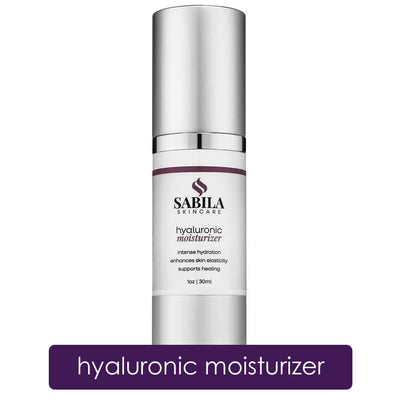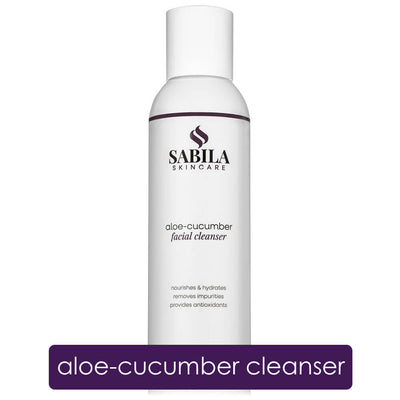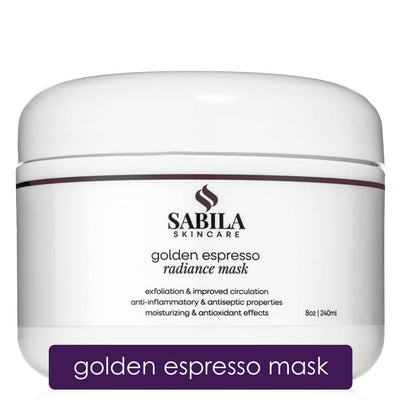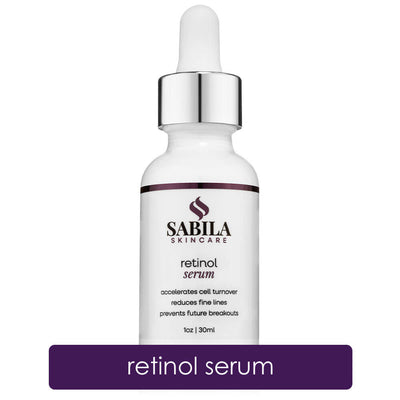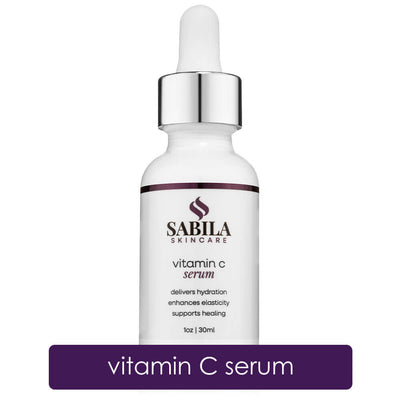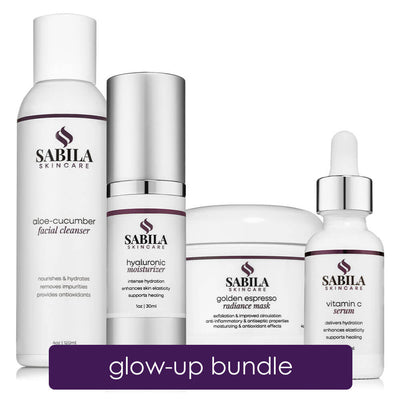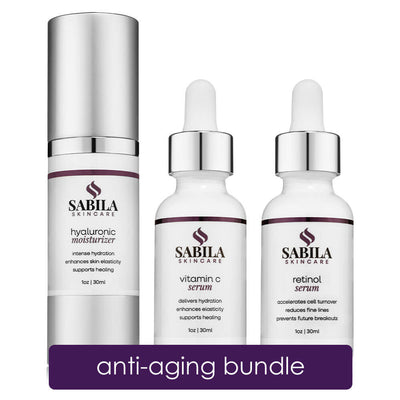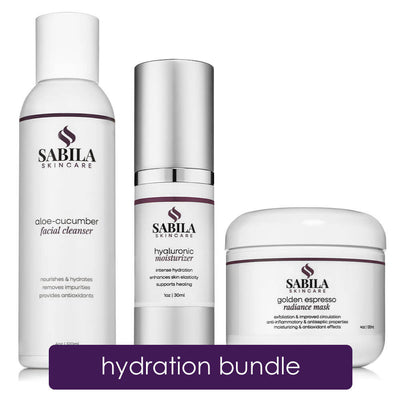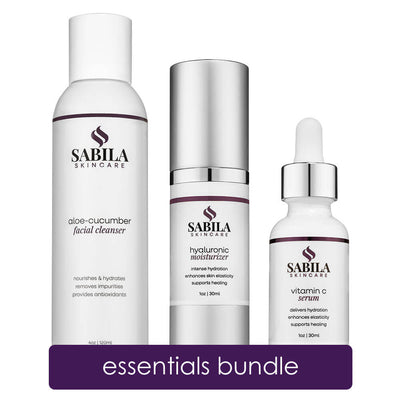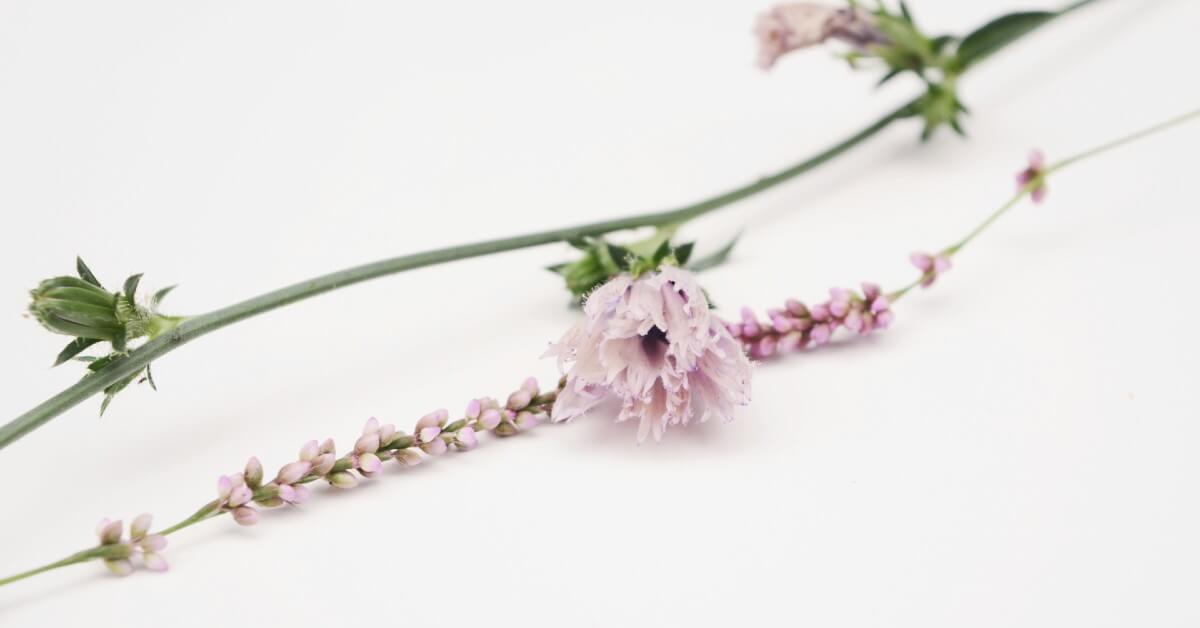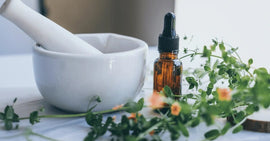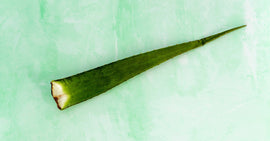The change of seasons brings about a refreshing newness in our environment—a burst of blooming flowers in spring, the warmth of summer sun, the crisp air of fall, and the chill of winter frost. But for many of us, these shifts also bring about something far less exciting: we’re looking at you acne. Whether it's an oily breakout during summer or dry patches that seem to trap blemishes in winter, the truth is that seasonal changes have a significant impact on our skin.
In this post, we’re diving into how each season affects acne and, more importantly, how to tackle it using natural, skin-loving ingredients. The goal here is to leave you feeling empowered to care for your skin—no matter what Mother Nature throws your way!
Why Does Acne Flare Up with the Seasons?
Before we jump into treatments, it’s important to understand why acne flares up as the seasons change. Our skin is the largest organ in our body, and it's highly reactive to environmental factors like humidity, temperature, and air quality. Each season affects our skin differently:
- In spring, allergens are in full bloom, and these can irritate sensitive skin, causing inflammation and breakouts.
- In summer, we experience an increase in heat and humidity. This triggers more oil production, which can clog pores and lead to acne.
- In fall, we begin to lose some of our natural moisture as the temperature drops, and the transition period often results in uneven texture and acne.
- In winter, cold, dry air depletes moisture, leading to dry, flaky skin. This creates a perfect storm for clogged pores and trapped oil, which may result in an increase in acne.
Although you can’t stop the seasons from changing, you can control how you care for your skin. Let’s explore some powerful, natural ways to treat acne during these seasonal shifts.
Spring: Calming Irritated, Reactive Skin
Spring can be a blessing and a curse for acne-prone skin. The rise in pollen and other allergens may irritate your skin, causing redness and inflammation. Here’s where you need soothing ingredients to calm things down.
Aloe vera and chamomile extract both have anti-inflammatory properties that help to reduce redness and calm irritated skin. Aloe is known for its cooling effects, making it an excellent option for sensitive skin during allergy season. Chamomile, meanwhile, is rich in antioxidants, helping to restore balance and calm reactive skin.
Try incorporating a lightweight cleanser with aloe and chamomile to keep your skin hydrated and soothed without clogging pores and reduce inflammation naturally.
Summer: Balancing Oil Production and Keeping Pores Clear
Summer might bring lots of wonderful sunshine, but it also tends to bring unwanted oiliness and clogged pores. The heat and humidity stimulate the sebaceous glands to produce more oil, which often leads to breakouts, especially for those with acne-prone skin.
Jojoba oil might sound counterintuitive since it’s an oil, but this gentle ingredient closely mimics the skin’s natural sebum, making it an excellent regulator for oil production. When applied topically, it can help balance your skin’s oil levels, preventing excess production that can lead to acne.
Exfoliation is another important step in your skincare routine during the summer months. A gentle exfoliating mask using coffee grounds helps remove dead skin cells that clog pores. Plus, the caffeine in coffee tightens the skin and helps reduce puffiness and inflammation—a win-win for breakout-prone areas!
Fall: Exfoliate and Hydrate as Temperatures Cool
Fall is a transitional season, and this change can leave your skin feeling confused. You may experience both dryness and acne as the skin adjusts to cooler weather. To maintain clear skin during fall, it’s all about hydration.
Hyaluronic acid is a hydration powerhouse, holding up to 1,000 times its weight in water. Papaya can also help in the fall due to its anti-inflammatory properties that soothe redness and reduce breakouts. Try adding a hyaluronic moisturizer with papaya to your routine to help keep your skin plump and hydrated, preventing the dry patches that often lead to clogged pores and acne.
Winter: Nourish and Protect Dry, Acne-Prone Skin
When the temperature drops, so does the moisture in the air, leaving your skin vulnerable to dryness and irritation. Dry skin can worsen acne as it leads to clogged pores from the accumulation of dead skin cells. The key to winter skincare is locking in moisture.
Raw Honey is a great ingredient for this time of year. It's not only a humectant—meaning it draws moisture into the skin—but also has antibacterial properties that help prevent acne-causing bacteria from thriving. Another winter favorite is turmeric powder. Known for its anti-inflammatory and antimicrobial benefits, turmeric reduces acne flare-ups and soothes irritated skin. Look for hydrating skin care with these ingredients to help keep hydrated during the driest months.
Year-Round Tips for Acne Management
Although it's important to adapt your skincare routine to the seasons, there are a few year-round practices that’ll help keep acne at bay all year round:
- Stay hydrated: Drinking plenty of water is key to keeping your skin balanced, no matter the season.
- Avoid harsh chemicals: Stick to natural, gentle products to avoid unnecessary irritation.
- Keep a balanced diet: Healthy skin often starts from within. Incorporating antioxidant-rich foods like fruits and vegetables can support clearer skin.
- Get enough sleep: A good night’s rest is crucial for skin regeneration and preventing breakouts caused by stress.
Embrace Your Skin and the Seasons
Understanding how seasonal changes affect your acne allows you to stay one step ahead. With the right knowledge and a few natural, nourishing ingredients, you can protect and treat your skin throughout the year. Remember, everyone’s skin is different, and acne is a normal part of life—but it doesn’t have to control your confidence. By making mindful adjustments with each season, you’ll be able to manage breakouts and keep your skin glowing all year long.
Continue your journey by heading back to the Sabila Skincare Blog for more tips, tricks and expert advice, or explore our exclusive range of natural skincare products crafted to harmonize with your skin’s natural rhythm and unlock its glorious potential.
